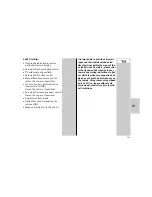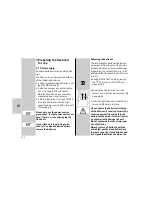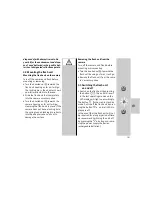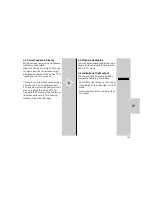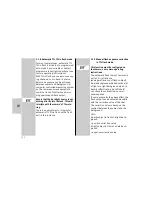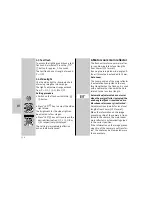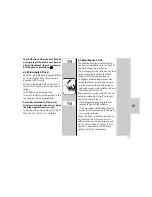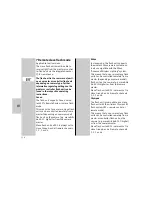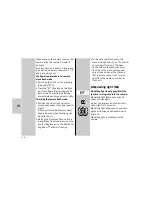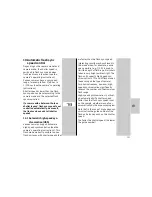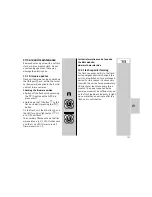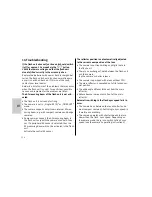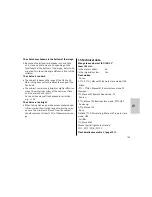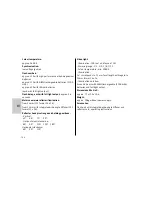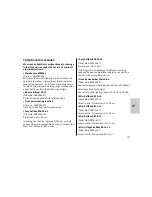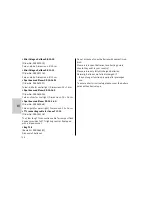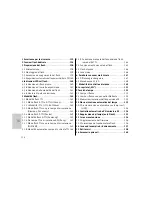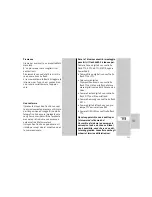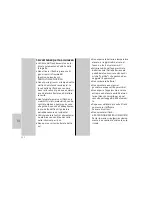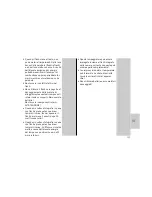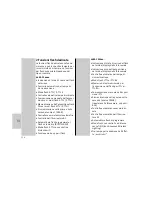
119
9 Flash techniques
9.1 Bounce flash
Bounce flash illuminates the subject
more softly and reduces dense sha-
dows. It also reduces the drop in light
from foreground to background that
occurs for physical reasons.
The main reflector of the flash unit can
be swivelled horizontally and tilted ver-
tically for bounce flash.
To avoid colour cast in your shots, the
reflective surface should be colour-neu-
tral or white.
When tilting the main reflector vertical-
ly, make sure that it is turned through
an angle that is wide enough to prevent
direct light from falling on the subject.
For this reason the reflector should be
tilted at least as far as the 60° lock-in
position. When the reflector head is til-
ted, the main reflector is moved to a
position of greater/equal 70 mm in
order to prevent the subject from being
additionally illuminated by dispersed
light.
+
9.2 Bounce flash with a reflector
card
The use of bounce flash with the inte-
grated reflector card
can bring out
highlights in the eyes of human sub-
jects:
• Tilt the reflector head upwards by
90°.
• Pull the reflector card
together
with the wide-angle diffuser
from
above out of the reflector head and
forwards.
• Hold the reflector card
and push
the wide-angle diffuser
back into
the reflector head.
9.3 Flash exposure memory FE
Several Nikon and Canon cameras have
a flash exposure memory (FV memory).
This is supported by the flash unit in
the Nikon i-TTL and i-TTL-BL or in the
Canon E-TTL flash modes.
It can be used to define and store the
exposure level for the subsequent shot
before the shot is actually taken.
This can be useful when, for example,
the flash exposure has to be adjusted
k
Summary of Contents for mecablitz 44AF-2 digital
Page 129: ...129 k ...
Page 195: ...195 c ...

